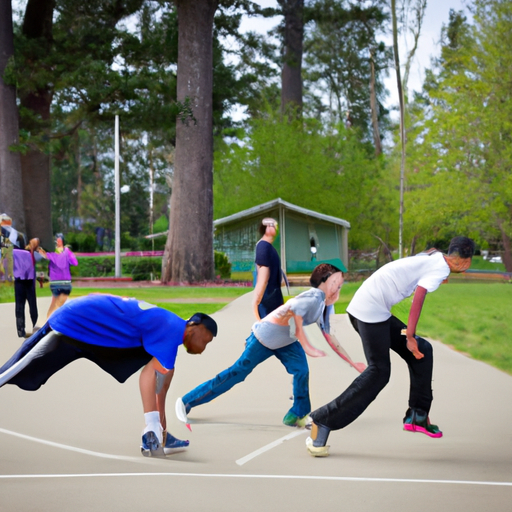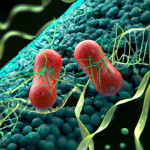Key Characteristics of a Quality Physical Education Program
Physical education plays a vital role in the overall development of students. It not only promotes physical fitness but also enhances cognitive skills, social interaction, and emotional well-being. A quality physical education program should encompass various key characteristics that ensure students receive the maximum benefits. In this article, we will explore these essential characteristics and their significance in promoting a well-rounded physical education program.
1. Comprehensive Curriculum
A quality physical education program should have a comprehensive curriculum that covers a wide range of activities. It should include activities that focus on aerobic fitness, muscular strength and endurance, flexibility, and coordination. The curriculum should also incorporate activities that promote sportsmanship, teamwork, and leadership skills. By offering a diverse range of activities, students have the opportunity to explore different interests and develop a lifelong love for physical activity.
2. Qualified and Trained Instructors
To ensure the effectiveness of a physical education program, it is crucial to have qualified and trained instructors. These instructors should possess the necessary knowledge and expertise in physical education and be able to create a safe and supportive learning environment. They should also be skilled in adapting activities to meet the individual needs and abilities of students. A well-trained instructor can motivate and inspire students to participate actively and achieve their full potential.
3. Inclusive Approach
A quality physical education program should adopt an inclusive approach that caters to the diverse needs and abilities of all students. It should provide modifications and adaptations to accommodate students with disabilities or special needs. By embracing inclusivity, the program promotes equal opportunities for all students to participate and succeed in physical activities. This fosters a sense of belonging and encourages a positive attitude towards physical fitness among students.
4. Assessment and Feedback
Regular assessment and feedback are essential components of a quality physical education program. It allows students to track their progress, set goals, and make improvements. Assessments can be conducted through various methods such as skill tests, fitness assessments, and self-reflection exercises. Instructors should provide constructive feedback to students, highlighting their strengths and areas for improvement. This feedback helps students develop a growth mindset and fosters a culture of continuous learning.
5. Integration of Technology
Incorporating technology into a physical education program can enhance engagement and learning outcomes. The use of fitness trackers, mobile apps, and interactive tools can provide students with real-time feedback and data analysis. Technology can also facilitate virtual learning experiences, allowing students to explore different sports and activities beyond the confines of the classroom. By embracing technology, a physical education program can adapt to the digital age and make learning more interactive and enjoyable for students.
6. Collaboration with Community Partners
A quality physical education program should establish strong partnerships with community organizations, sports clubs, and fitness centers. Collaborating with external partners provides students with opportunities to engage in extracurricular activities, competitions, and workshops. It also exposes students to a wider range of physical activities and promotes community engagement. By fostering these partnerships, a physical education program can extend learning beyond the school environment and create a network of support for students’ physical development.
In conclusion, a quality physical education program should have a comprehensive curriculum, qualified instructors, an inclusive approach, regular assessment and feedback, integration of technology, and collaboration with community partners. By incorporating these key characteristics, schools can provide students with a well-rounded physical education experience that promotes lifelong fitness, personal growth, and overall well-being.




